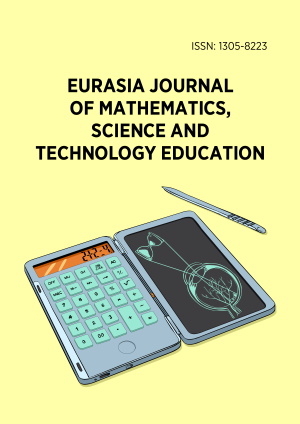Abstract
Students often face significant challenges related to the interplay between physics and mathematics, referred to as “physmatics.” This invited diagnosing the possible sources of students’ difficulties in this respect. The current study aims to identify and interpret students’ difficulties in three specific physmatic areas required for physics learning: arithmetic operations, overgeneralization of the mathematical zero-product property, and the region of applicability of a formula, distinguishing these from independent difficulties in mathematics or physics. The research is designed to investigate whether these difficulties originate from pure mathematics limited skills, from applying mathematical thinking to real-world problems, or from applying it specifically to problems in physics. A questionnaire was administered to 199 high school students to examine the influence of the context–purely mathematical, physics, and economic–on their responses. Findings indicate that limited mathematical skills do not explain students’ difficulties in solving real-world problems. We infer that the students harness three different content dependent mathematical thinking approaches when addressing the challenges posed to them: context-oriented thinking, mathematical thinking, and unripe-mathematical thinking. Each of these approaches is characterized by varying attentiveness to context. Understanding these thinking approaches can help educators develop instructional strategies that address students’ cognitive challenges, potentially improving physics education outcomes.
License
This is an open access article distributed under the Creative Commons Attribution License which permits unrestricted use, distribution, and reproduction in any medium, provided the original work is properly cited.
Article Type: Research Article
EURASIA J Math Sci Tech Ed, Volume 21, Issue 7, July 2025, Article No: em2663
https://doi.org/10.29333/ejmste/16565
Publication date: 04 Jul 2025
Article Views: 1551
Article Downloads: 833
Open Access References How to cite this article
 Full Text (PDF)
Full Text (PDF)